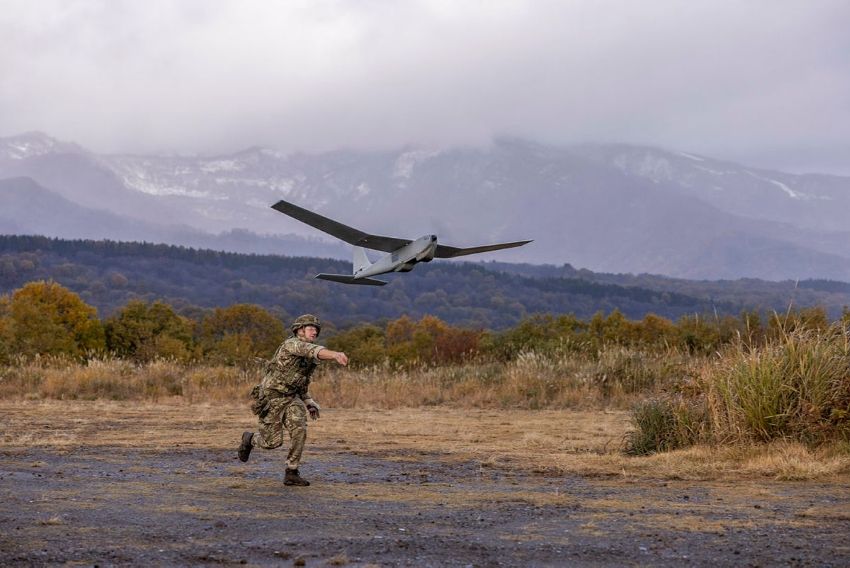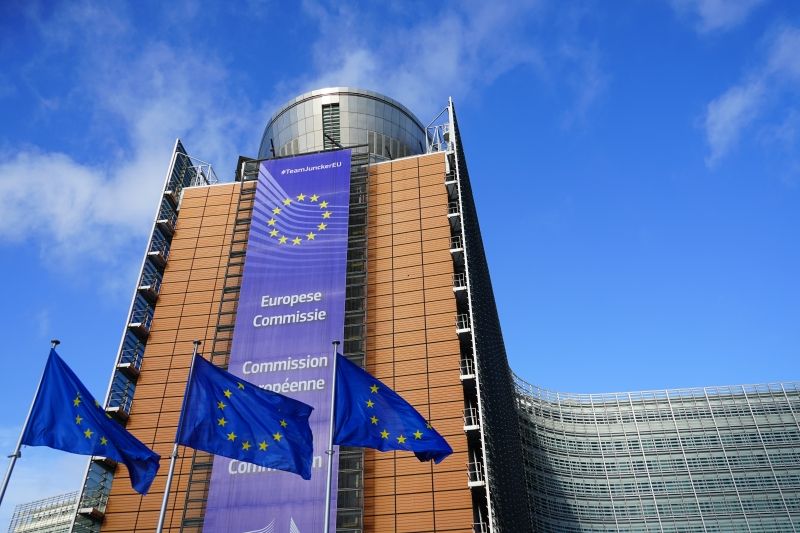Providing impartial insights and news on defence, focusing on actionable opportunities.
We're sorry, but we couldn't find any results that match your search criteria. Please try again with different keywords or filters.
Loading
-
The US defence ministry seeks to incentivise investment and boost industrial capacity by providing long-term certainty to suppliers.
-
Suppliers can track how many different military units are using their kit to what targets their systems are destroying.
-
The capability could become part of NATO's Alliance Ground Surveillance and Unmanned Aerial Systems Programme.
-
It comes amid a slew of moves from financiers to better recognise opportunities in defence.
-
- News
- Europe
- Investment
Germany launches fund to attract private defence investment
The move follows several big spending commitments on defence in Germany. -
- News
- Europe
- Investment
EDF launches EUR1bn call for proposals for 2026
The funding will support dozens of projects from AI to air combat. -
- News
- Europe
- SME
Poland launches defence tech accelerator for startups
Solutions are needed that focus on five key themes, two of which are related to drones. -
- News
- Europe
- SME
EU business accelerator opens for second cohort of SMEs
Selected firms receive EUR120,000 in funding each to accelerate their technologies. -
- News
- Europe
- Tech
Germany establishes new hub for drone innovation, adoption
The hub will be established as part of Germany’s land forces, though it is expected to benefit the whole of the country’s military. -
- News
- Americas
- Tech
US Air Force seeks industry input on ‘ARES’ management platform
The US is looking to replace legacy systems with the new platform. -
- News
- Europe
- Naval
Royal Navy chief lays out warfighting readiness plan
The five-pillar plan emphasises the need to shift to a hybrid and restructured force. -
- News
- Europe
- Procurement
UK joins European defence export treaty in boon for UK defence
The treaty will simplify international exports for UK defence firms and foster closer ties between the UK and Europe. -
- News
- Europe
- Naval
UK unveils major undersea plan to counter Russia
Already GBP14 million has been invested into technology under the plan. -
- News
- Europe
- Joint
NATO DIANA downselects record number of companies for 2026
It represents a doubling of the accelerator’s capacity within just one year. -
- News
- Europe
- Naval
Norway, UK sign major deal to protect North-Atlantic
The two countries will spearhead NATO adoption of uncrewed systems in the North Sea.
257 Results

















